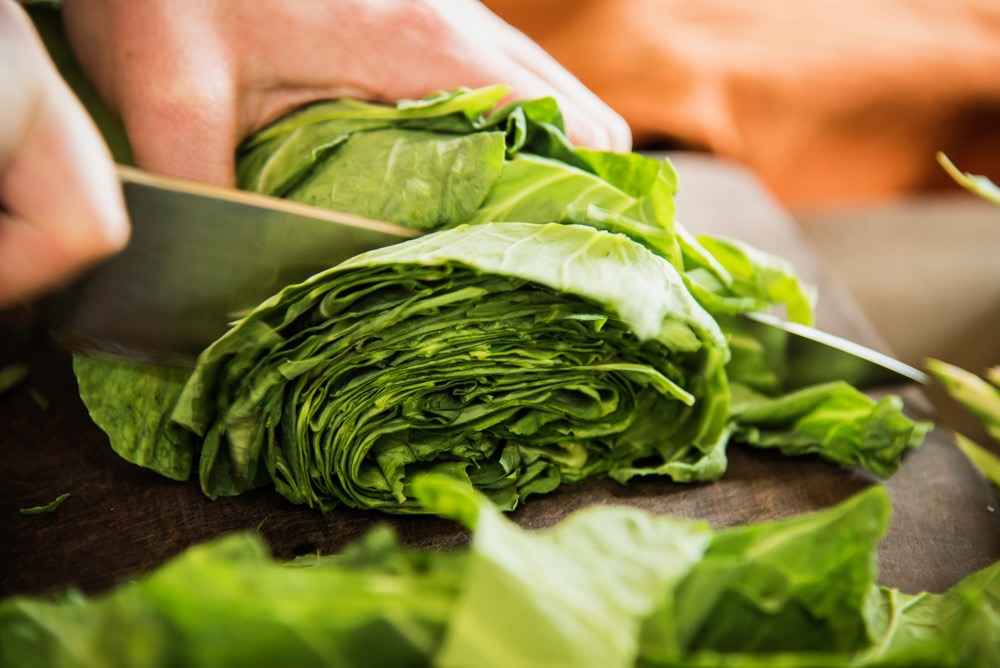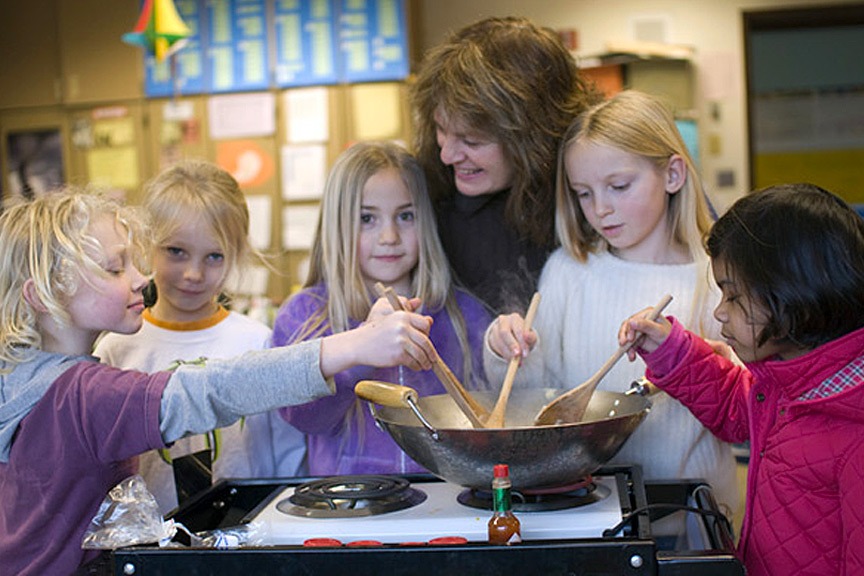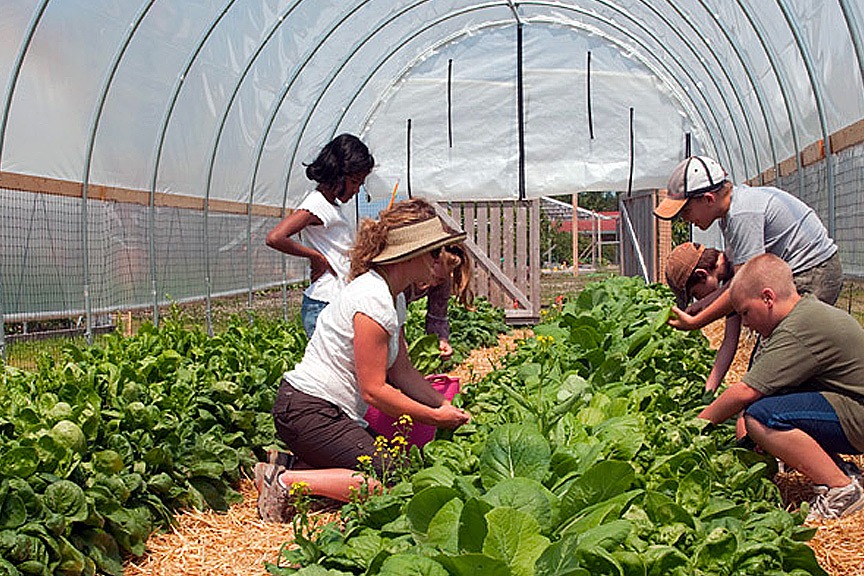L.I.F.E. Garden Program
Learning LIFE skills for healthKids Learn To Eat Healthy For A Lifetime
The Benefits of L.I.F.E.
The Stages of L.I.F.E


Elementary School
The K-5 garden teacher gives weekly lessons on everything from literacy and social studies to math and science with a garden-based curriculum. Students, tending their garden beds regularly, often bring the harvest inside to prepare a nutritious snack on their classroom cooking cart.


Middle School
Students in the middle school Farm-to-School class head outdoors twice each week January through June to grow food for the cafeteria. With the addition of three unheated greenhouses in 2009, students’ prolific production of organic tomatoes, broccoli, beets, squash, romaine, leaf lettuces, arugula, Asian greens and bok choy have become a daily part of the lunch menu.
High School
High school culinary classes, held in the school kitchen, are popular skill and confidence builders: students prep vegetables from the garden, help assemble and cook main dishes, bake bread and clean up after lunch. Other high schoolers choose the Farm, Food & Sustainability class at nearby S&S Homestead Farm, a 50-acre biodynamic farm where the curriculum varies by season. Springtime in the fields means soil preparation, seed selection, planting and transplanting. Taking food “from seed to plate,” allows students to experience the entire cycle. They participate in animal husbandry too: birthing, feeding and caring for dairy and beef cows, sheep, pigs and chickens. Rotational grazing, feed production and farm maintenance are also features in the curriculum. Throughout the year students bake bread, make butter, cheese and yogurt, and learn fermentation, preparation and preservation skills in the farm kitchen.

